
Ford's much musclier new Ranger Raptor has been well-received by the Wheels team, and the market too. So, now it's time to see what it's like to live with.
To get a sense for its daily-driving value and its family friendliness, new dad Alex Inwood is spending a few months with the new hero truck.
JUMP AHEAD
- Welcome
- Update 1: Quiet, I’m moving over here!
- Update 2: Infotainment, 0-100km/h and emergency braking
- Update 3: Is the Raptor Australia’s best performance ute?
| 2023 Ford Ranger Raptor: The basics | |
|---|---|
| Body | 4-door, 5-seat dual-cab ute |
| Drive | Permanent four-wheel drive |
| Engine | 3.0-litre V6, DOHC, 24v twin-turbo petrol |
| Transmission | 10-speed automatic |
| Power | 292kW @ 5650rpm |
| Torque | 583Nm @ 3500rpm |
| 0-100km/h | 6.5sec (estimate) |
| Fuel consumption | 11.5L/100km |
| Price | $86,790 |
Welcome
Price as tested: $87,490
This month: 1207km @ 14.8L
Total: 1207km @ 14.8L
Things we like so far
- Looks tougher than a super-max prison guard
- New V6 sounds great and feels muscular
- Cabin quality is top drawer. Decent room for a family, too
Not so much...
- No tray cover as standard
- Firmer ride takes some getting used to
- Already proving to be pretty thirsty, even driven sedately
It’s always a risk to revisit a car that has impressed you at a launch event.
The last time I drove the new-gen Ranger Raptor was in the desert, where I spent a brilliant day dropping it into deep pits, sliding it around on sandy dunes and launching it over jumps at vaguely ludicrous speeds.
It was huge fun and didn’t only demonstrate the benefits of giving the Raptor almost twice as much grunt as the original – courtesy of its new 3.0-litre twin-turbo V6 petrol engine – but showcased just how clever and capable its new adaptive Live Valve suspension was.
Looking to buy a vehicle that can sail through the air at 140km/h and land with the poise and grace of a jungle cat? Only a WRC car can do it better.
There was, however, a sense that we were playing to the Raptor’s strengths. Like lining up Steve Smith in the cricket nets and only throwing him half volleys outside off stump, or asking Steph Curry to only shoot from the free-throw line. Of course Ford’s fresh super ute was going to nail it out there.
Upgrade your Ranger

There was a sense that we were playing to the Raptor’s strengths. Like asking Steph Curry to only shoot from the free-throw line.
A tougher test, and arguably a more relevant one, is how the Raptor handles the daily grind. After all, let’s be real: how many Raptor owners will really schlep it to the middle of nowhere to drive their $100K dual-cab like a lunatic?
Some will, and if you own a Raptor, I implore you to do so – because it really is fantastic. But the reality is that most examples will spend the majority of their time in an urban environment, which is precisely why we wanted to add one to the Wheels long-term fleet.
I will admit to a certain degree of trepidation when it came time to collect BXK-261 from Ford’s Broadmeadows HQ. What if, without the added ingredients of sand and jumps, it doesn’t feel as special as it did all those months ago?

How would it fare in the cut-and-thrust of city traffic? Remember, this new Raptor isn’t only faster and more capable – it’s also considerably more focused.
The new shocks are firmer, the steering is heavier and the brake pedal more immediate – all of which is great at ten-tenths, but how about during a 40-minute delay on the Monash? Hm.
Okay let’s talk spec. ‘Our’ Raptor is about as standard as you can get, with the only added extra being its Code Orange paintwork, which commands a $700 premium. It’s a bold hue, but to my eyes it pairs nicely with the Raptor’s aggro styling. (Seven other colours are available and every finish except white commands the extra $700.)
You can go even louder, if you like, by optioning a decal pack that adds warpaint-like stickers to the bonnet and tailgate, but personally I prefer the simpler ‘Raptor’ lettering on the rear quarter panel.
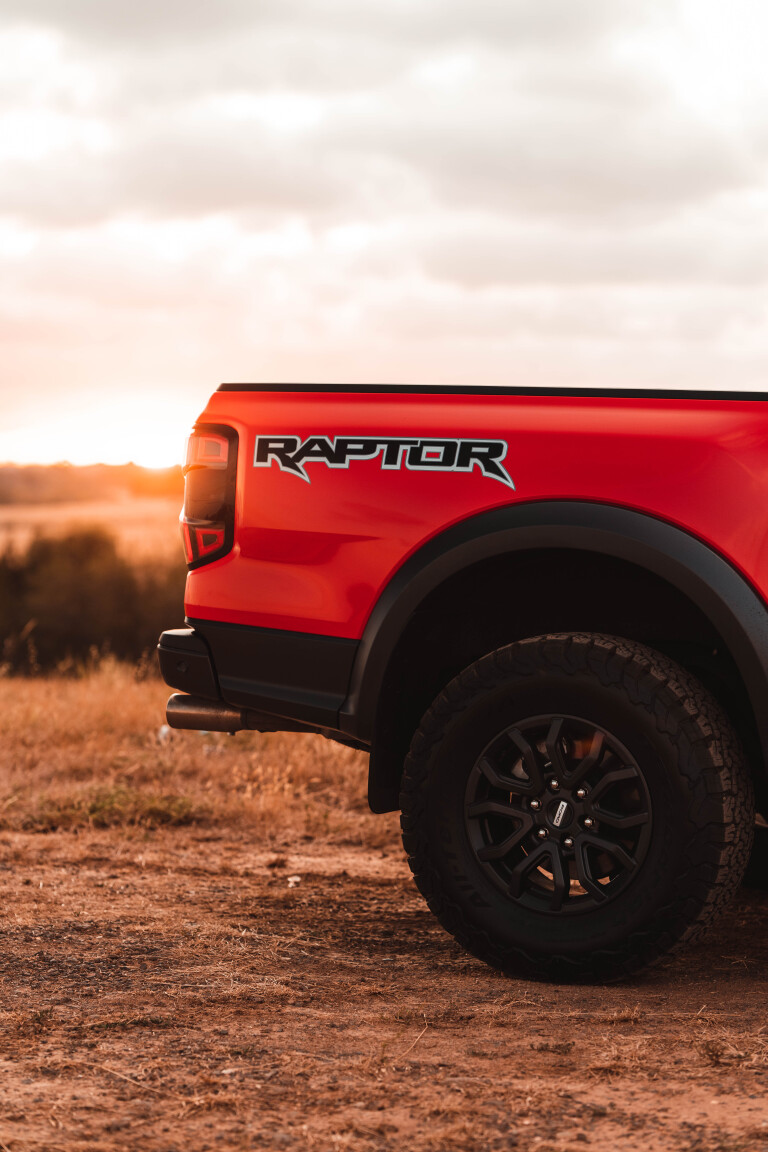
Another option missing from our Raptor are the heavy-duty beadlock wheels – but again, I’m happy that particular box wasn’t ticked.
The beadlocks cost $2000 extra and add about 16kg to the Raptor’s unsprung mass so I’d only suggest splurging on those if regular hardcore off-roading is your thing.
All up, our Raptor long-termer costs $87,490 before on-road costs. That’s a circa-$9000 price jump over the ute it replaces, but honestly, it still feels like great value. The exterior design is tougher (our particular spec oozes menace), and inside, the cabin strikes a great balance between a premium and hard-wearing feel.
The seating position is bang-on. There’s now reach and tilt adjustment for the steering wheel, and Raptors score a unique steering wheel design and heavily bolstered, leather-accented sports seats.
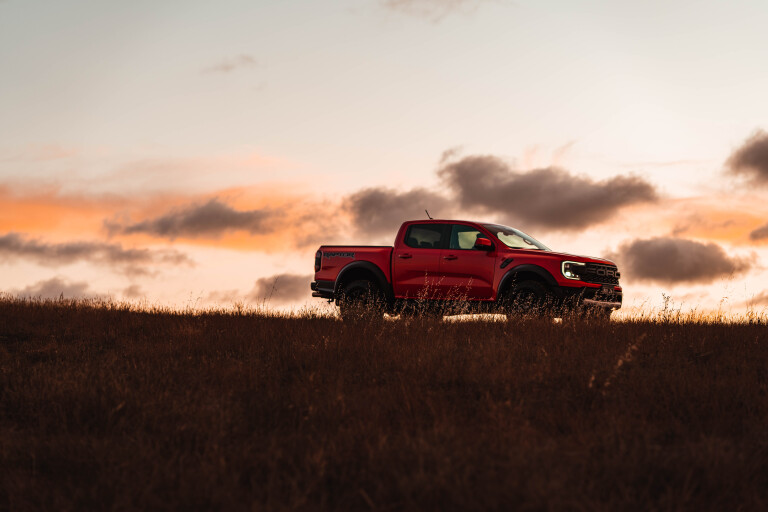
There’s loads of standard gear, too.
The portrait-style central touchscreen is large and user friendly, there's a digital dial cluster, the seats are heated (a cooling function would be nice, though), and you score wireless Apple CarPlay and Android Auto plus a wireless charging pad.
We’ll dive deeper into the infotainment and connectivity next month, but, so far the system has been seamless, which is a notable difference to Andy’s temperamental experience with the same set-up in our recent long-term Everest. As for what’s missing in the Raptor? The only thing I’ve found myself looking for is a head-up display.
Build quality also feels of a high standard. One thing that was obvious on collecting our Raptor was that this particular ute has already lived an eventful life as part of Ford’s press fleet. The front bash plate is caved in on one side, there are long horizontal gouges down the right-side flank, and the leading edge of both rear wheels are peppered with stone chips.
There’s even a light smattering of fine red dust in some of the cabin’s nooks and crannies – but despite the telltale signs of hard use, all of the interior trim is still tightly screwed together and there’s not a rattle or buzz to be found.
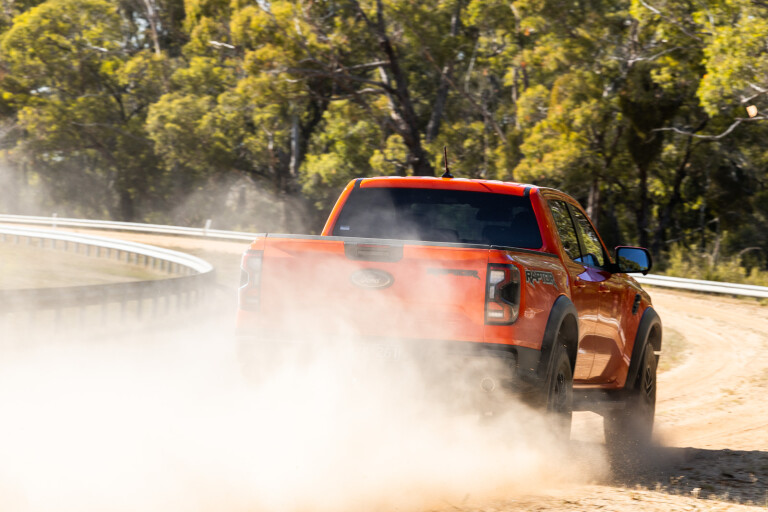
So what about first impressions?
Well, as expected, the first few kays hammer home just how different this new Raptor is. The thing you notice immediately is the added tautness to the ride. The old Raptor used an earlier iteration of Fox’s Live Valve shocks, and the ride was so pillowy that it felt like the cabin was balanced on a gimbal.
This new ute is much more locked-down. You notice small bumps that the original ironed out, and there’s less compliance over bigger ones, but the trade-off is a big improvement in body control.
And while the new chassis set-up is appreciably more firm, don’t confuse that with being harsh or brittle. This is still a comfortable ute to drive everyday and feels a rung above a regular Ranger for ride quality.
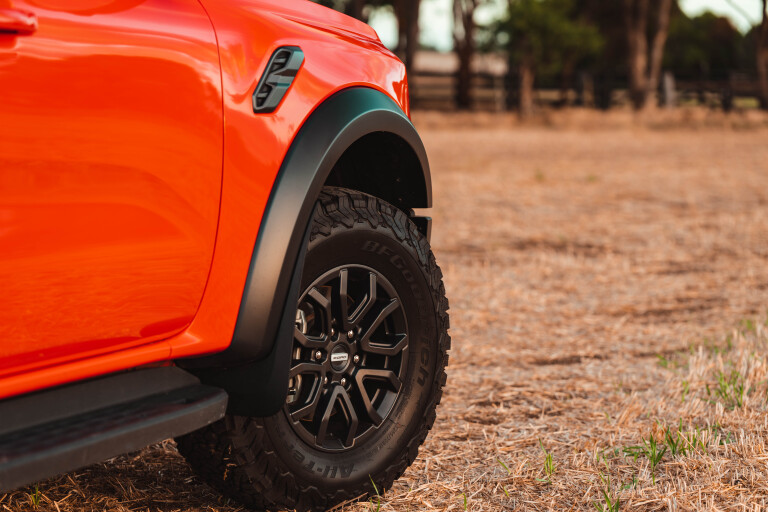
The second thing that grabs your attention is just how big it feels on the road. Out in the great expanse of the desert, the Raptor felt big and butch, but in the tight confines of city traffic it is positively enormous.
It’s so wide that lane discipline is a high priority – slipping between two trucks across the Westgate Bridge is an experience akin to squeezing into an already crowded elevator. You sit so high, and the front end is now so bluff and aggressive, that it’s hard to shake the feeling that you’re unintentionally intimidating smaller cars. Still, familiarity will soon lead to confidence in terms of the size, and I will admit there’s a certain satisfaction to being one of the largest vehicles on the road.
Two other early observations: the air-con is properly cold, even on 22 degrees and with the fan speed set to one. We’re talking ‘Aussie Summer’ levels of icy relief here, which is great on a hot day but possibly a touch too cold when the sun isn’t blazing. The other observation is that, so far, the Raptor is performing admirably as a family truck.

One of our primary criticisms of this generation of Ranger is that its rear seat is on the squishy side for its class, but passenger room hasn’t been a problem for the new Inwood Clan. Our rear-facing baby seat fits easily (the kiddo loves the panoramic view out of the side and rear glass) and a fully grown adult can fit behind the driver without feeling overly compromised for knee room. That, too, we'll cover in detail soon.
There is an issue, though: there’s nowhere to securely store our pram and other bags in the tray. Every Raptor is fitted with a spray-in tub liner, but there’s no tonneau or roller shutter as standard. Being able to lock up the tray is quickly proving to be a must-have, so we’ll report back on that one next month.
So I can breathe a sigh of relief – revisiting the Raptor hasn’t disappointed. Even in suburbia, it feels special and the cabin quality and extra grunt from the 292kW/583Nm V6 petrol, which makes the Raptor feel properly muscular, are early highlights. We have big plans for some family road-trips and off-road dashes, so stay tuned to see how it measures up for long-distance comfort, performance and, gulp, fuel economy.
Quiet, I’m moving over here!
Price as tested: $87,490
This month: 2863km @ 13.5L
Total: 4070km @ 13.9L
Multiple personalities, new tonneau covers and DIY removals … this month sees the Raptor reveal a softer, utilitarian side.
In most cars, getting in, starting it up and driving off is a straightforward procedure. In a Ford Ranger Raptor, however, you have options to consider. How loud would you like your exhaust, for example? And how heavy should the steering be? Would you like Normal dampers, or perhaps Sport? And where would you like the power to go? All four wheels? Or just the back two?
Ford’s engineers are proud that their burly dual-cab can rival a noughties BMW M Car for drive mode configurability (there’s still only one setting for the gearbox mind you, not three like an F10 M5), but it only took me a few days to decide which of the Raptor’s settings suit me best.
My start up routine is as follows: Ignition on, drive mode to Sport, exhaust to Baja, traction control off and 2H for the four-wheel drive system. So noisy, rear-driven and a touch oversteery as ‘TC off’ gives you a decent amount of slip – especially in the wet on BF Goodrich all-terrains – before safely reining you back in if you get too excited.
Upgrade your Ranger

It’s a yobbish set-up, I'll admit, but I do make one small concession: I switch the steering from Normal to Comfort. Ford has firmed up the Raptor’s steering considerably for this generation and I find the default setting a sniff too heavy and cumbersome in tight, inner-city traffic.
As you can imagine, however, driving a loud, bright orange dual-cab with the rear axle wriggling around every time you press the throttle isn’t the best look, so this month I’ve taken to exploring the Raptor’s more sensible side.
Keeping the four-wheel-drive system in 4-Auto, for example, instantly tames the tail-happy handling. And by leaving the drive mode in Normal, the powertrain loses its frenzied edge and settles into a more relaxed – though still muscular – state.

The ride also gains a noticeable degree of added comfort. Don’t buy into the notion that this generation of Raptor is now too stiff. Yes the wafty plushness (and floatiness) of the original Raptor is gone but there’s still decent compliance. And while you do notice smaller bumps that the old ute would iron out, the new version’s ride is beautifully controlled and never harsh or unpleasant.
Perhaps the biggest surprise, however, has been the Quiet mode for the exhaust. In Baja mode, with the valves open and the muffler bypassed, the Raptor sounds like a rowdy Alfa Romeo Stelvio Q that’s sculled a bottle of Limoncello. It’s not exactly a pretty noise but it’s purposeful, menacing and loud.
Quiet mode basically pulls the mic out at the wall socket. You still get a deep bark on a cold start but it quickly settles into a softer background hum, which I know my neighbours appreciate. And being able to silence the exhaust has been a godsend on longer drives with sleeping kids onboard.

So it’s been a tamer and more approachable Raptor sitting on my driveway of late, which is perhaps why people have started asking for favours. “Hey mate, can you help me pick up a TV cabinet?” asked a neighbour. And then my sister demanded that I help her move house.
“Brilliant”, I thought, “time to test out the tray!”. Ford has increased the size of the load bay for this generation of Ranger (a 1200 x 800mm Euro pallet can now slot between the wheel arches) and the Raptor also scores a spray-in tub liner which provides a useful non-slip surface on which to chuck things.
There are six tie-down points, a power socket and a ruler on the top edge of the tailgate but there’s no escaping that the Raptor is missing features available on lesser models. The side step moulded into the rear bumper has been deleted, for example, and you miss out on the additional sliding tie-down points and powered roller shutter that’s standard fare on a Ranger Wildtrak.
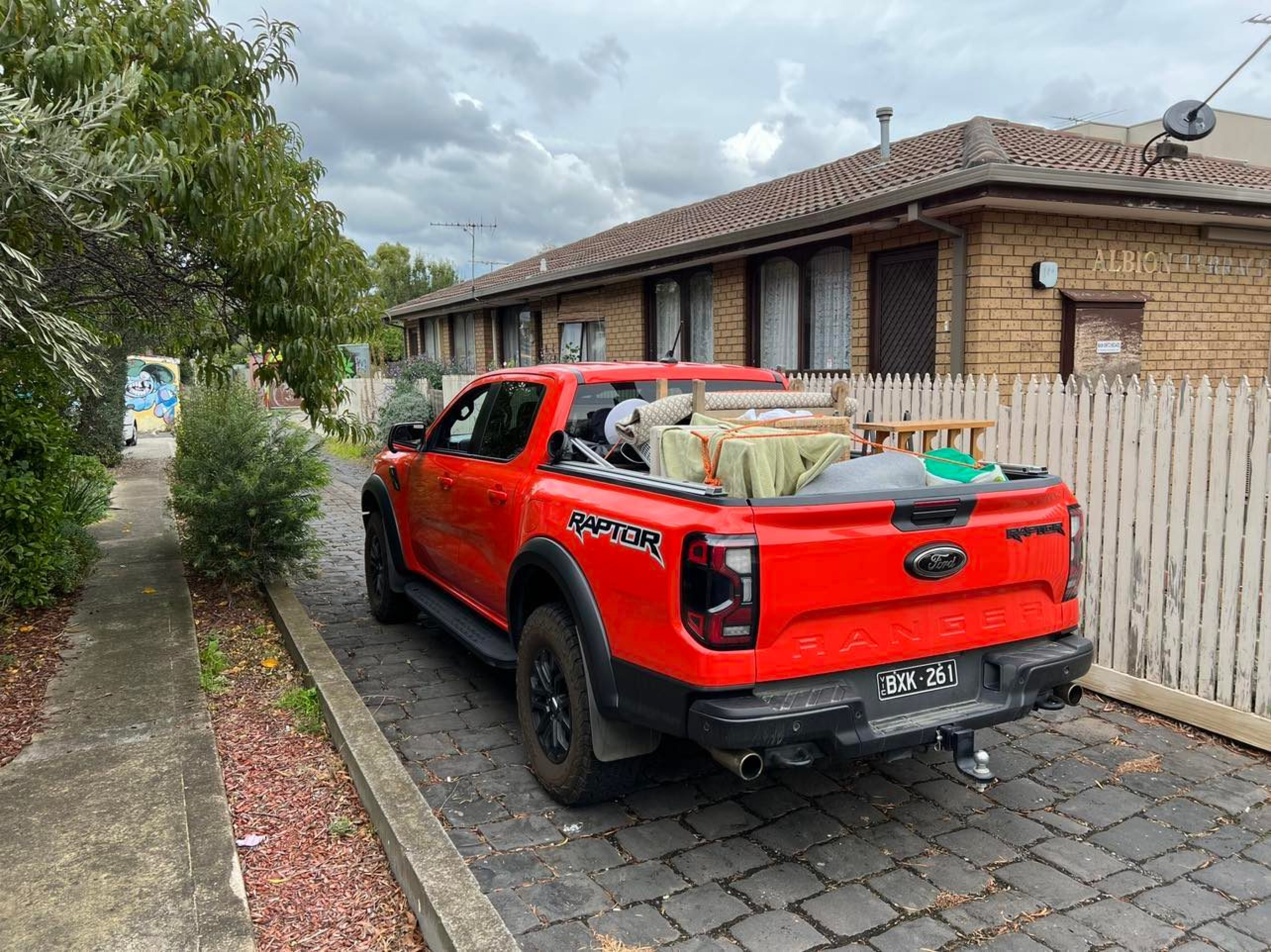
Happily, getting a cover for the tray is a relatively inexpensive fix. A soft tonneau is available for $939 and it’s a must-have inclusion. Like most soft tonneau covers, it pulls tight by clipping under a lip that runs along the length of the tray but it also includes a metal latch alongside the tailgate edge.
This has two clips that slip into a metal groove on either side which allows the tray to be locked. It’s certainly not secure enough to leave tools in the tray (a sharp knife will still give thieves access) but it does mean you can leave items in there during the day relatively safely. The tonneau rolls up like a swag near the rear glass, too, so you can still ferry taller items around with no issue.
Another thing to consider is that the Raptor’s independent rear suspension means its tow rating falls to 2500kg rather than 3500kg and the payload falls by a few hundred kilos to 717kg.

One more minor annoyance is the fixed tie-down points, which can be tricky to reach once the tray is full and the Raptor’s extra ride height means hoisting heavy items like washing machines onto the tray is a touch tricky. Once locked and loaded, however, the Raptor was an admirable workhorse during the house move.
But that’s not to say this month has been niggle free. The transmission has developed an annoying habit of delivering jerky shifts, especially in the lower ratios and when parking. At first, I put it down to having the powertrain in Sport but even in Normal the 'box can jolt and shudder.
It happens randomly, though I’ve noticed it’s been more frequent of late, so I’ll keep an eye on it.
Maybe a BMW-like setting for the ferocity of the gearbox shifts would be welcome after all…
Infotainment, 0-100km/h and emergency braking
Price as tested: $87,490
This month: 542km @ 11.4L
Total: 4612km @ 12.3L
Three months into Raptor ownership so let’s grab a quick recap. So far we’ve established Ford’s second-gen Raptor is fun, capable, surprisingly comfortable on long journeys and, thanks to its smorgasbord of drive modes and settings for the exhaust and dampers, it’s also impressively configurable and adaptable.
Feel like letting your hair down with an obnoxiously loud sniff of oversteer? Simply press three buttons and exercise a decisive right foot. Want to pull your socks up and blend in with the sea of grey SUVs during school drop off? Quiet mode for the exhaust and Normal for the powertrain get you as close to incognito as a bright orange dual-cab is ever going to be.
It’s also proven to be genuinely useful at lugging things about thanks to its bigger tray which has come in handy during a house move. And while this isn’t the dual-cab to buy if you regularly tow heavy loads, its 2500kg braked towing capacity is still ample for a box trailer, small caravan or jet ski.

Fitting a lockable soft tonneau cover so we can throw bags and the pram in the tray has also been a boon and means that there’s now nary a situation the Raptor doesn’t excel in. One car to rule them all? Forget fast wagons, I’m starting to think a fast ute is just as fun and practical. Cheaper, too…
But there’s one frontier we haven’t explored in great depth just yet: the Raptor’s infotainment. This can be a touchy subject for some Raptor owners and we’ve spoken to many who are frustrated by patchy wireless CarPlay/Android Auto connections and a centre touchscreen that can be laggy and slow to respond.
We’ve encountered these issues ourselves in other Ford products running the same SYNC4A infotainment software as the Raptor but happily our particular ute has been problem free. Apple CarPlay works faultlessly, the wireless changing pad is conveniently placed so you can still see your phone’s screen and I reckon Ford has got the balance between a large centre touchscreen and actual physical buttons just right.

The result is a design that looks minimal, modern and techy (the vertical 12.0-inch touchscreen is brilliant) but it’s still ergonomically sound thanks to easy to reach buttons for frequently used functions like the air-con fan and temp controller.
It’s certainly easier to use than the same hardware in the new-gen Volkswagen Amarok which was co-developed with the Ranger but has buried more of its key functions within the touchscreen.
My only real gripe with the Raptor’s infotainment is that CarPlay can take a while to fire up and I’m often 100 metres or so from home before it eventually appears on the screen.
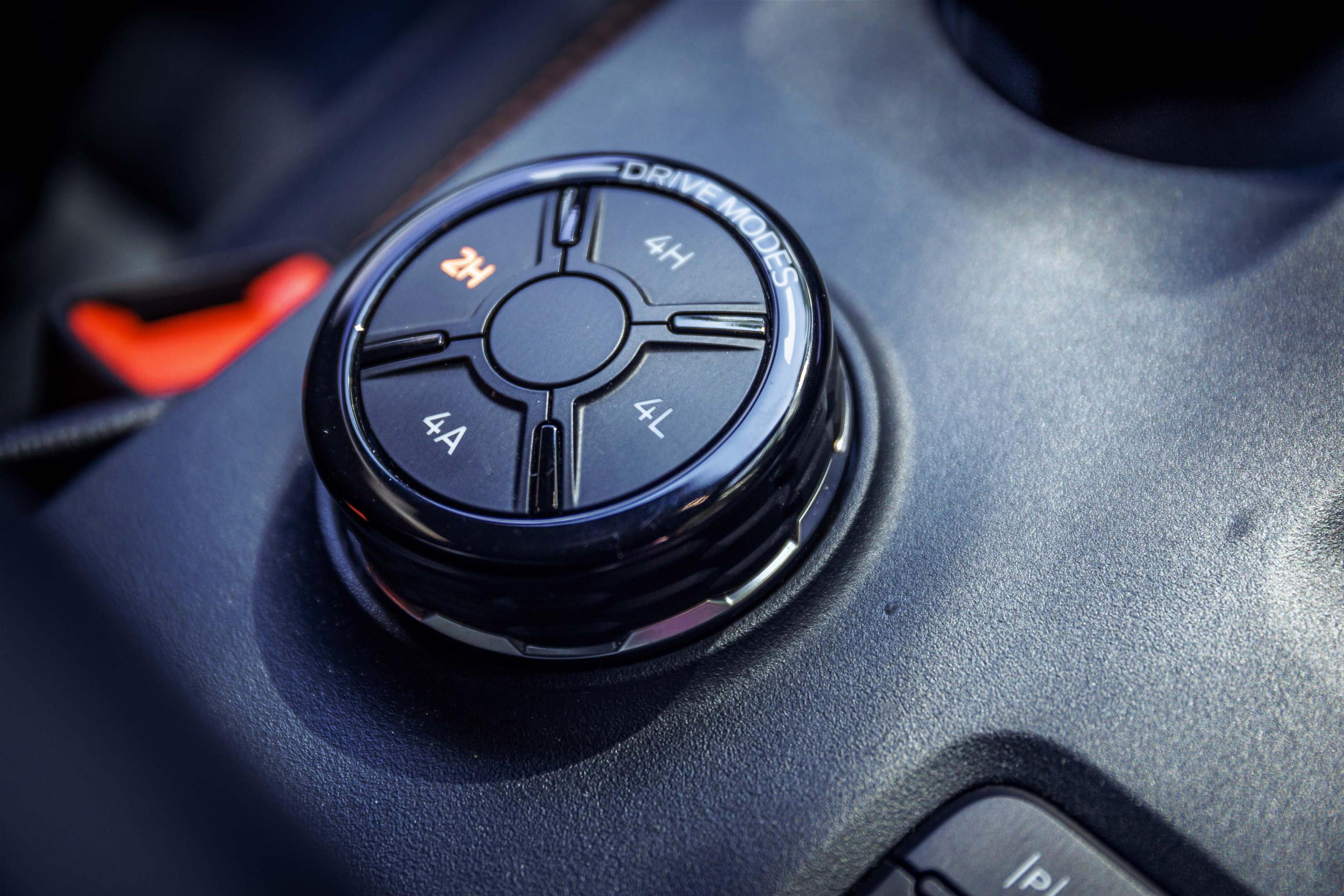
You can’t access the keyboard to input a destination in Google Maps on the move either. Once CarPlay is locked and loaded, though, the experience has been seamless. Good stereo, too, courtesy of a 10-speaker system from Bose, and the resolution of the surround view cameras are top notch.
The cameras make parking a cinch and have helped alleviate my initial concern that the Raptor would be too big and unwieldy to drive everyday. Familiarity with its size helps, of course, but the high-res cameras, excellent outward visibility and huge wing mirrors mean I now feel as comfortable threading the Raptor through narrow city streets as I do our personal Golf GTI.
So despite its open-range, hardcore performance DNA, the Raptor has been acing the urban grind. There has been one question gnawing away in the back on my mind, though: just how fast is this new twin-turbo V6 Raptor? Ford says it’s “hot hatch fast”, which pegs it around the 6.5sec mark to 100km/h, but it wasn’t until testing for Wheels Car of the Year that we were able to strap on the timing gear and see what it could do.
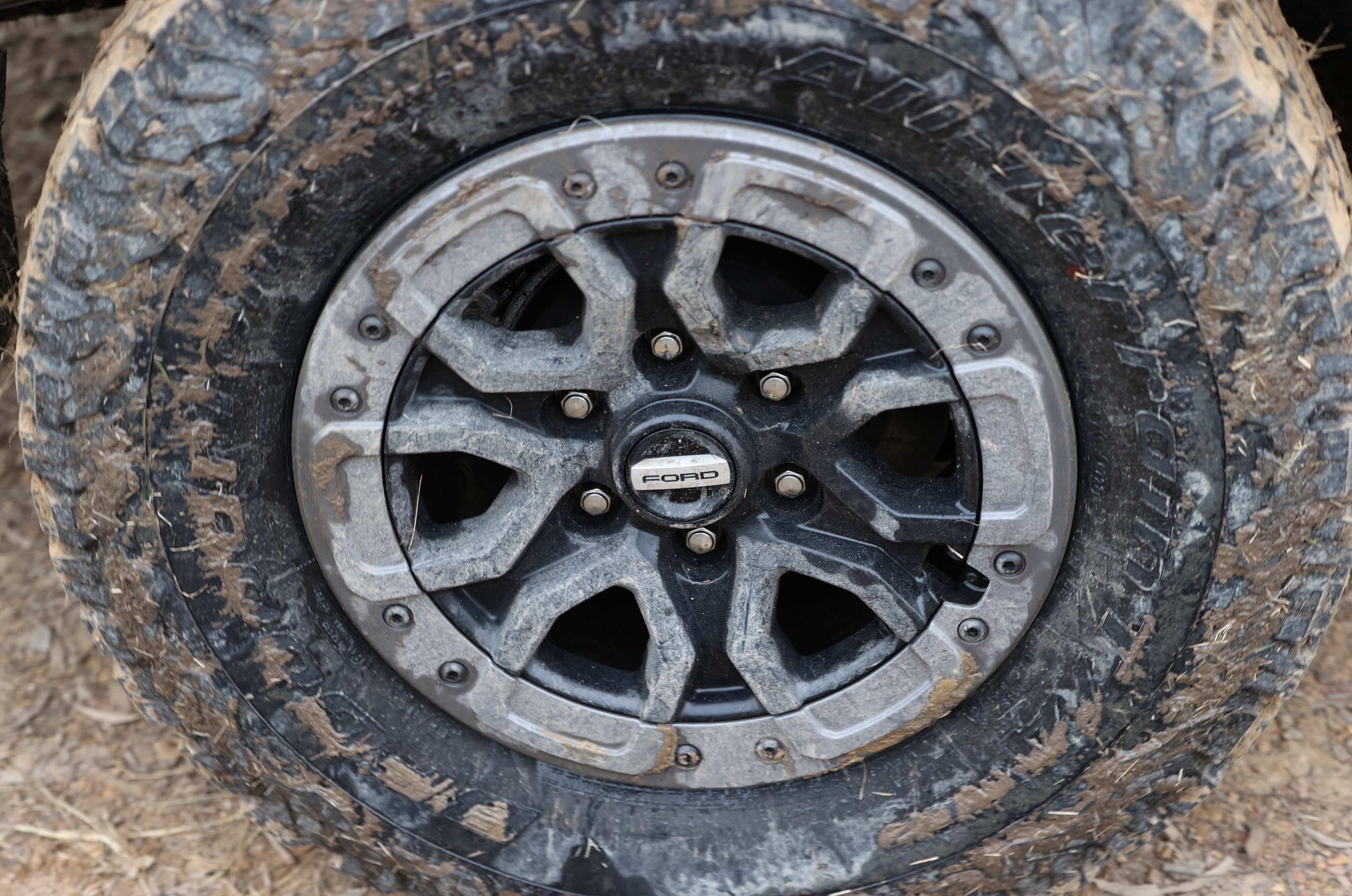
Against the clock the Raptor hit 0-100km/h in 6.1 seconds, making it quicker to the legal limit than a Golf GTI and Renault Megane RS and about on par with a manual i30 N. Not bad for a 2.5 tonne dual-cab…
But while the Raptor has plenty of get up and go, coming to a stop is another story. Of all the cars at COTY it was the worst performer in our 100km/h to zero test and took a whopping 51.7m to pull up. Yikes. For context that’s more than 16m further than something like a Cupra Formentor achieved in the same test.
Is it something to be worried about? More like something to be mindful of, especially if you have a tailgating tendency. I’ve certainly taken to giving cars ahead more of gap and I eke that room out even further when it’s wet.
Is the Raptor Australia’s best performance ute?
Price as tested: $87,490
This month: 448km @ 13.4L
Total: 5012km @ 13.0L
‘Well that doesn’t sound good…” The warning message first appeared just as I was parking the Raptor up after a long day at the office.
‘Drive control malfunction. Service required’ read the pop-up window on the digital dash, which sounded pretty serious. Everything felt okay, though, and when I switched the ignition off and back on again, the warning didn’t reappear. Phew.
Full of optimism, I chalked it up as a software glitch, walked inside and did my best to forget about it. Which was easy, until, a few days later, the message appeared again.
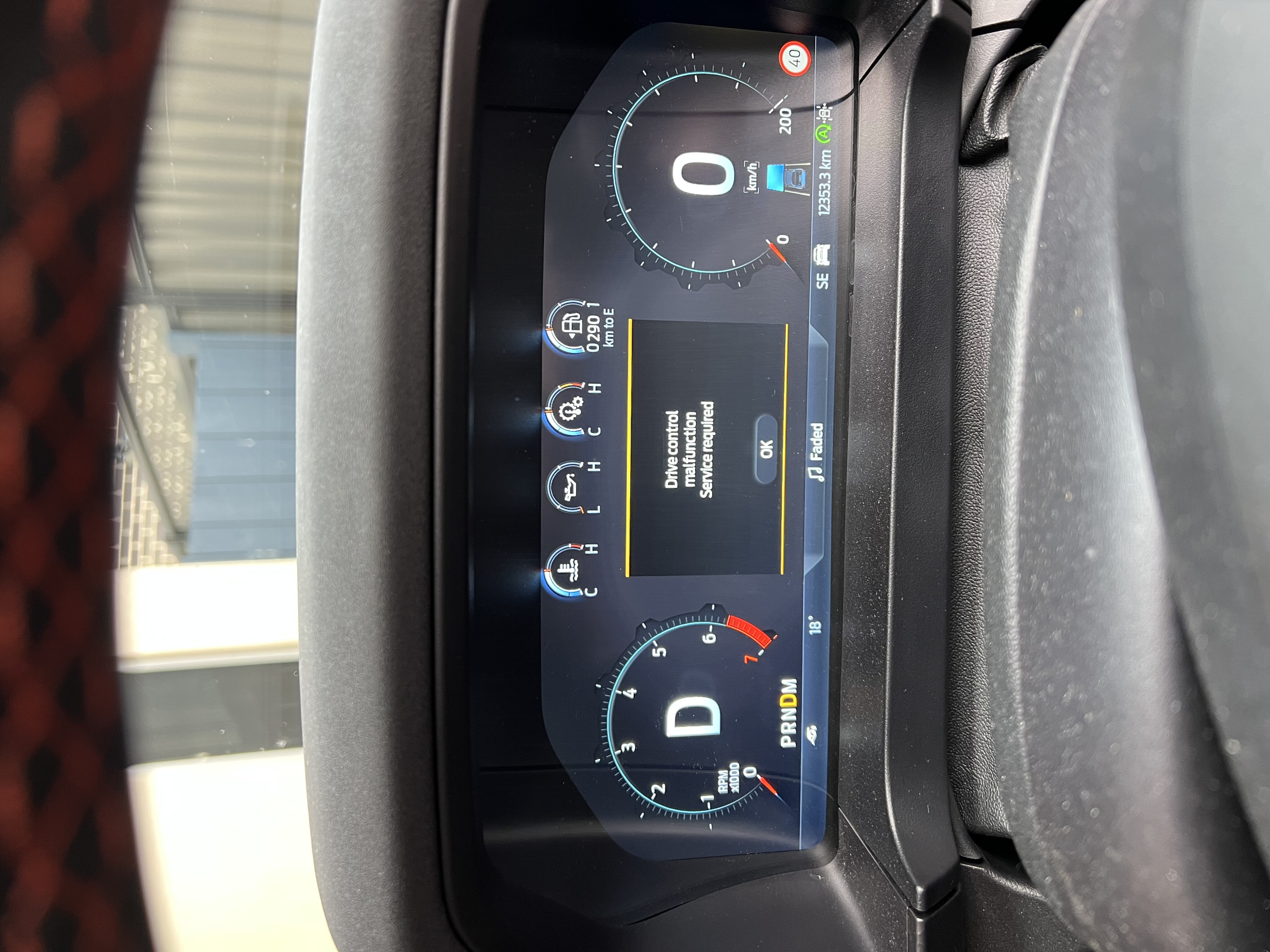
This time I was further from home so I was able to perform some quick diagnostic checks. Engine? Still as smooth and as responsive as ever. Likewise the steering, brakes and gearbox. Weird. This time, though, the old ‘turn it off and on again’ trick didn’t work. And then things got a bit weird…
The most obvious symptom was the ride which suddenly felt quite lumpy. At a gentle cruise, the Raptor had developed a hobble, as if one of its chunky all-terrains had suddenly gone completely flat. But no, a quick check showed that all four tyres were still fully inflated.
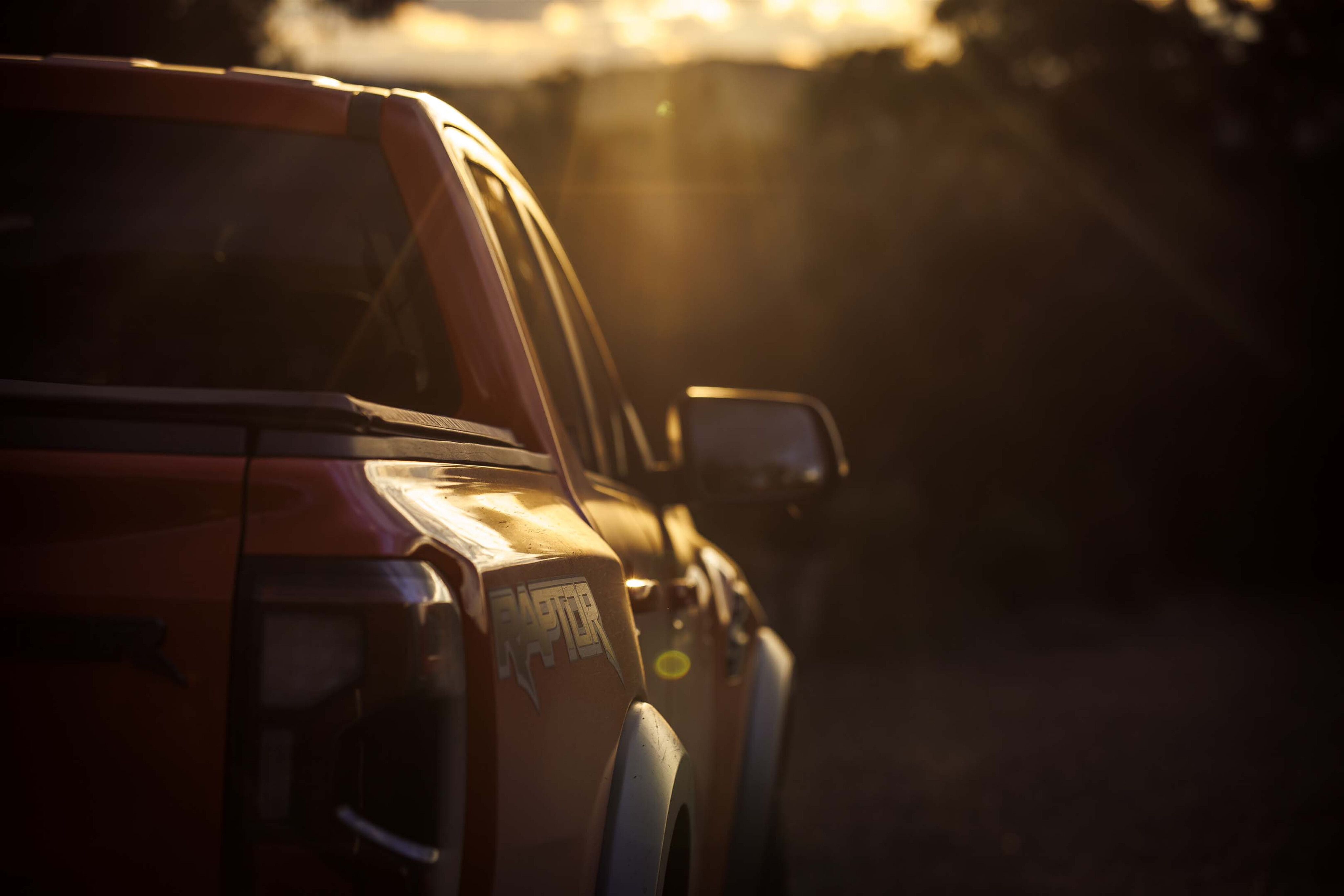
“Must be the dampers,” I wondered aloud, my hand reaching for the Drive Mode dial on the centre console.
Perhaps switching into another mode would cure the problem, I reasoned, but twisting the dial only made the error message reappear on the dash.
Pressing the hot keys on the steering wheel to adjust the dampers, steering and exhaust yielded the same result. The issue, I deduced, was the drive modes themselves, which had completely given up the ghost and locked the Raptor’s dampers in place, which would explain the ungainly ride.

Bummer. Worse still, because the Raptor had to go back to Ford for a fix and it only had two weeks left on its planned stint in the Wheels garage, it also meant an early end to its stay.
In a strange way, though, the sudden disappearance helped to crystallise how I felt about Ford’s tough truck. I missed it, badly. During its four-month stint we’d thrown the kitchen sink at the second-gen Raptor and it performed admirably.
Family duties, moving duties, towing duties, long-distance cruising, city traffic crawling, off-roading, back-road sliding… you name it, we threw it the Raptor’s way. And in every test, the Raptor wasn’t only capable. It was fun, too.
The Raptor’s long-term stay also helped us, finally, to make a call on the question that had been looming over the performance ute’s head for months.
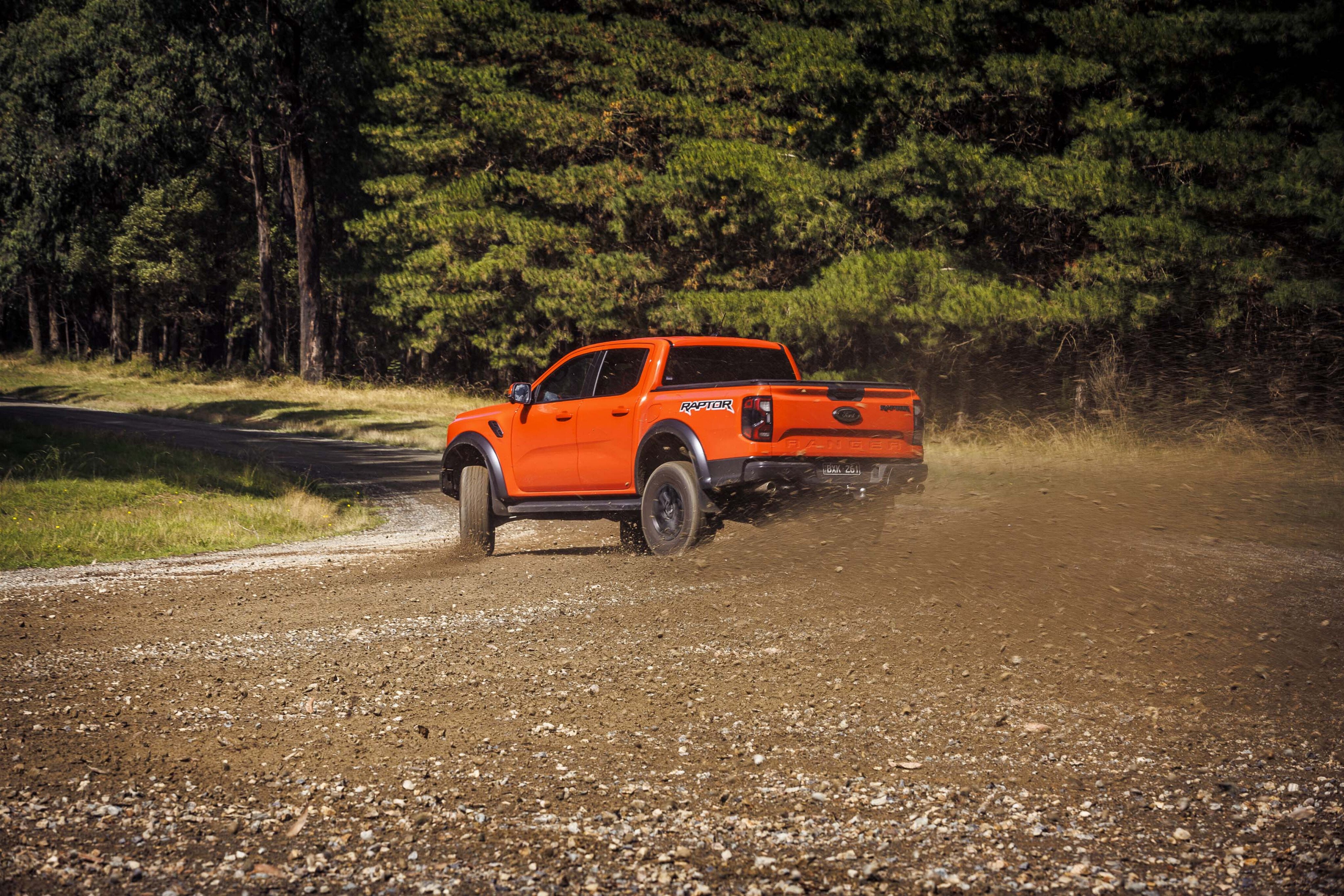
And that was, ‘Has Ford over done it with the second-gen model?’. That question first reared its head during Car of the Year testing where some judges felt this new Raptor was now too fast and too serious.
That in Ford’s desire to give it extra performance and to tie down the suspension, the Raptor had lost some of the wafty suppleness and genial personality that made the original ute so endearing and capable.
It’s a valid question, and there’s no escaping that Raptor V2.0 is a more focused and steely-eyed beast, but it’s also unquestionably a better ute. It’s faster, smarter, louder, more luxurious, better to drive and has a higher-tech cabin.
And while its suspension is also far firmer, I can truthfully say there wasn’t a single moment that I thought “I wish this ute rode more comfortably.”
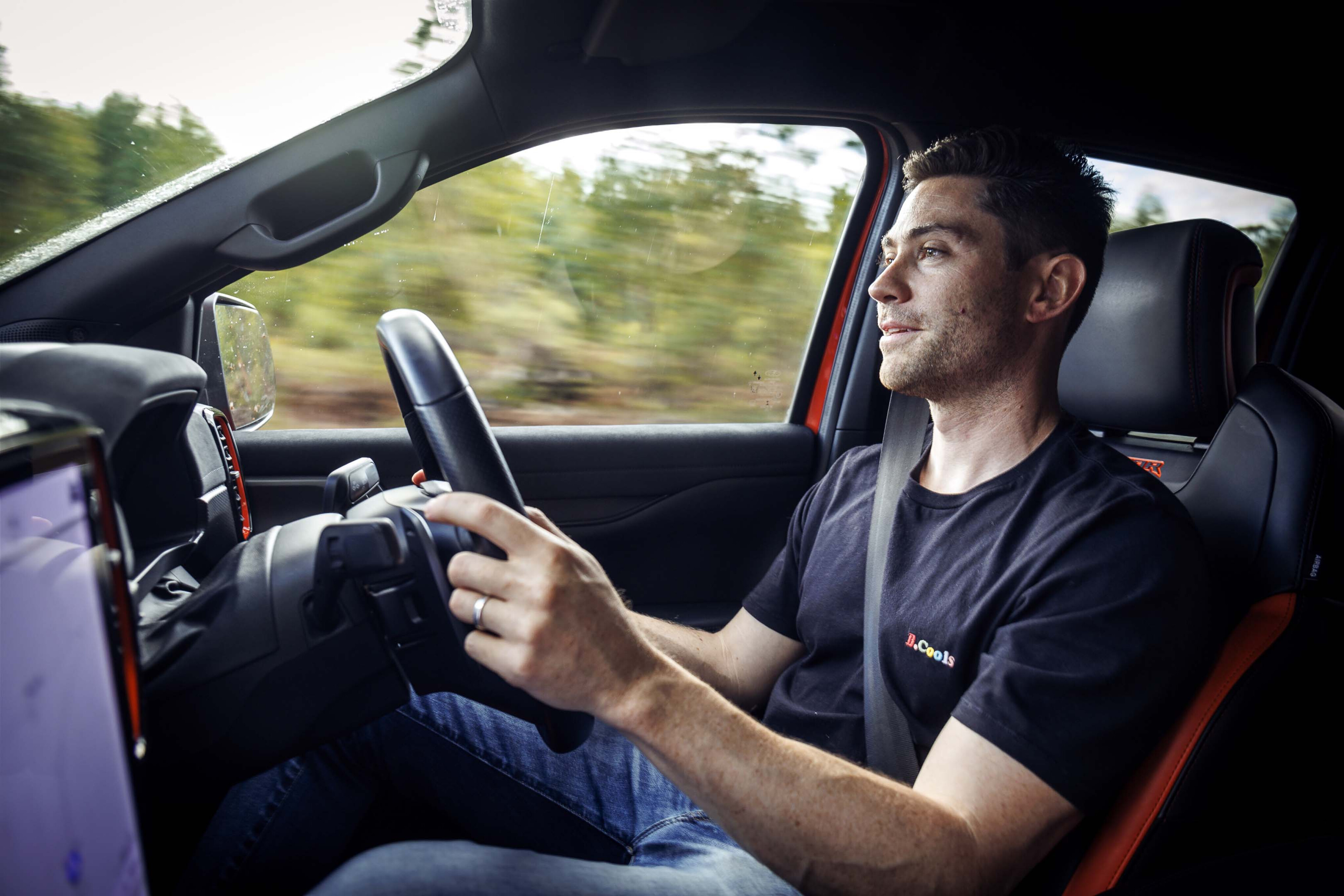
What really sets the Raptor apart, though, is its personality. In a world of dull and predictable SUVs, Ford’s performance ute is a technicolour, high-energy breath of fresh air.
It feels special to drive, even in city traffic, and isn’t that the measure of a great car? The ability to provoke emotion? Or as Marie Kondo might say, to spark joy?
As for quirks, drive mode failures aside, the only niggles we encountered were laggy Apple CarPlay on start-up and the big V6’s pretty hefty thirst. After 5000km together, our Raptor averaged 13.0L/100km which is pretty high by modern family car standards but actually quite decent for a 2.5-tonne performance ute.
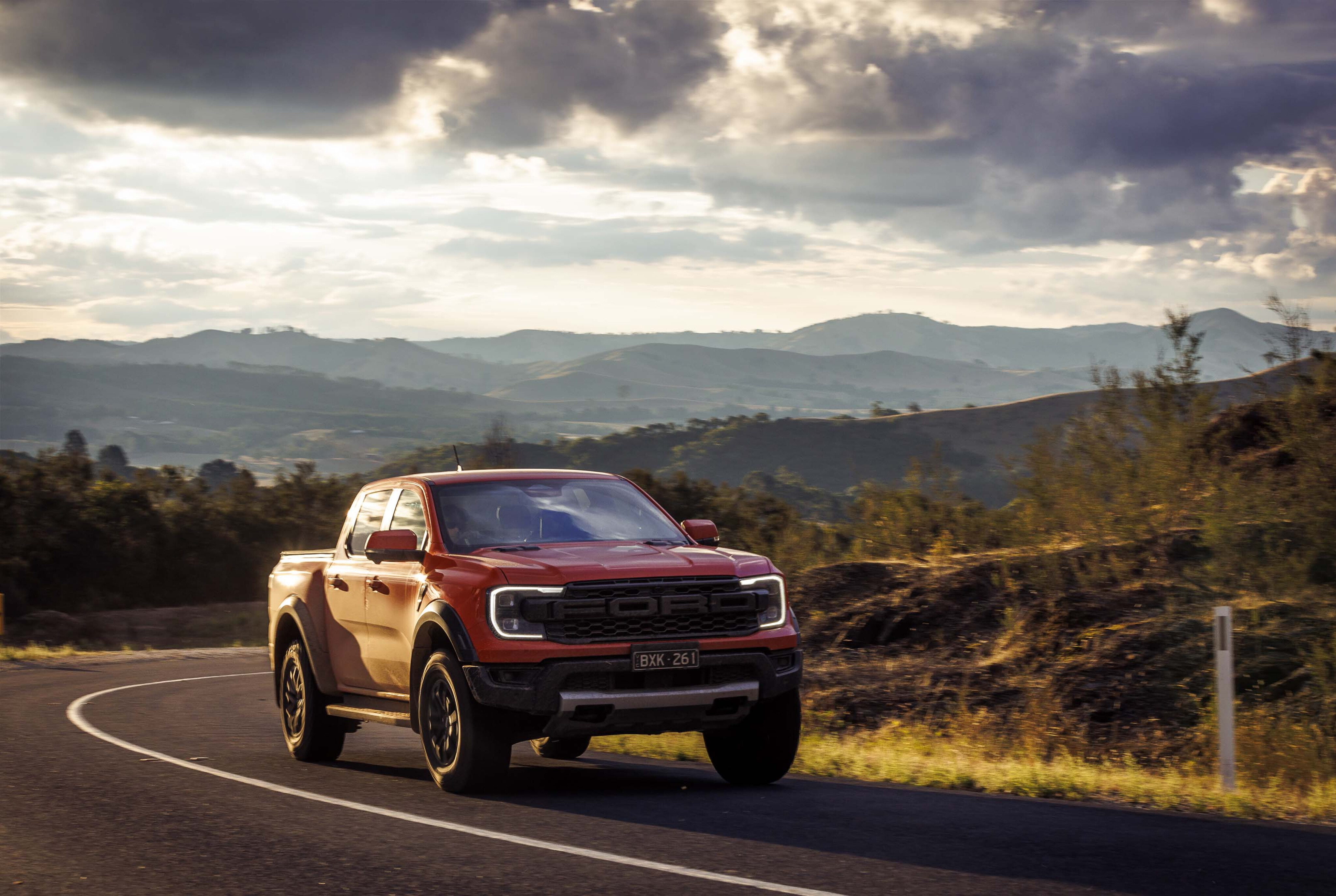
So should you fork out $90K of your own hard-earned to buy a Raptor? I wouldn’t hesitate to recommend one and I’ve done just that to plenty of mates.
And in any case, if you’re looking for a proper performance dual-cab in the ilk of foregone heroes like an HSV Maloo or Ford Falcon F6 Typhoon, then the Raptor is living in a class of one. Which begs the question: why aren’t there more utes like it?
You think a similarly wicked-up version of a HiLux, D-Max or Amarok would sell like Matilda’s scarfs at a world-cup semi-final. So come on Toyota, Nissan, Mitsubishi and Volkswagen. Get your act together…


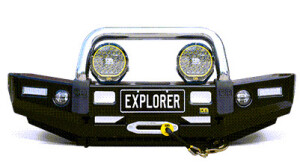
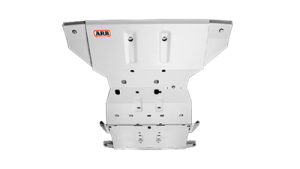
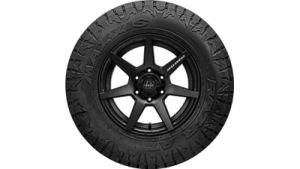
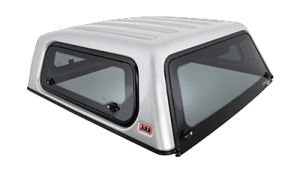

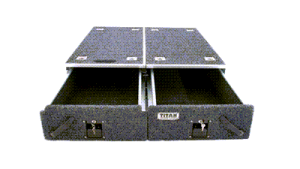

COMMENTS